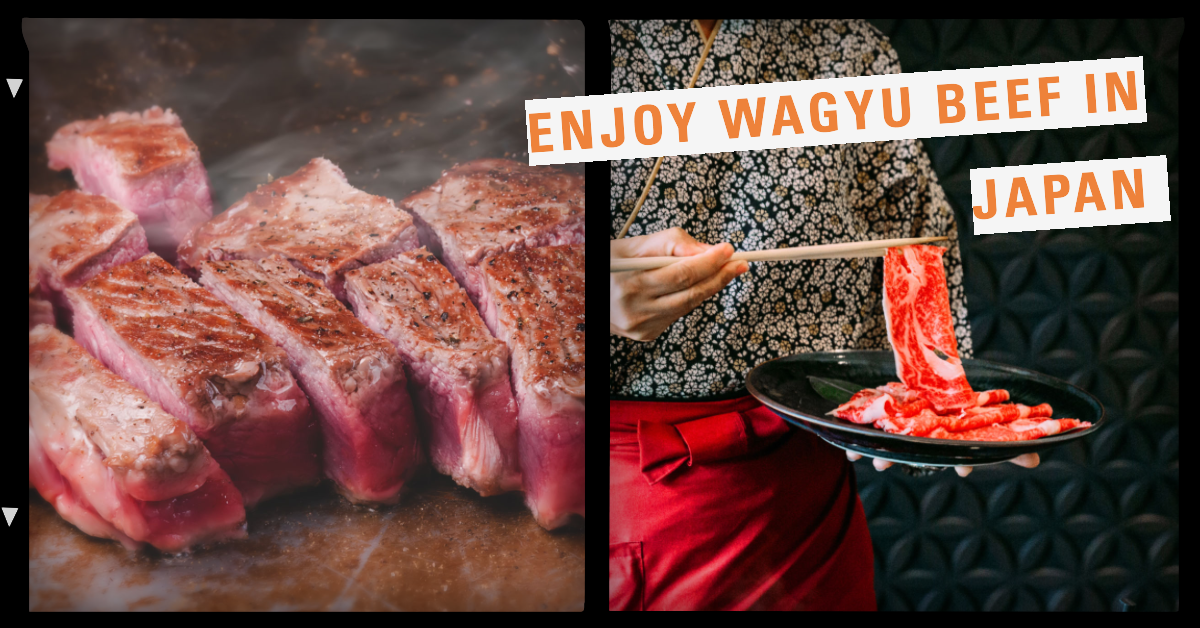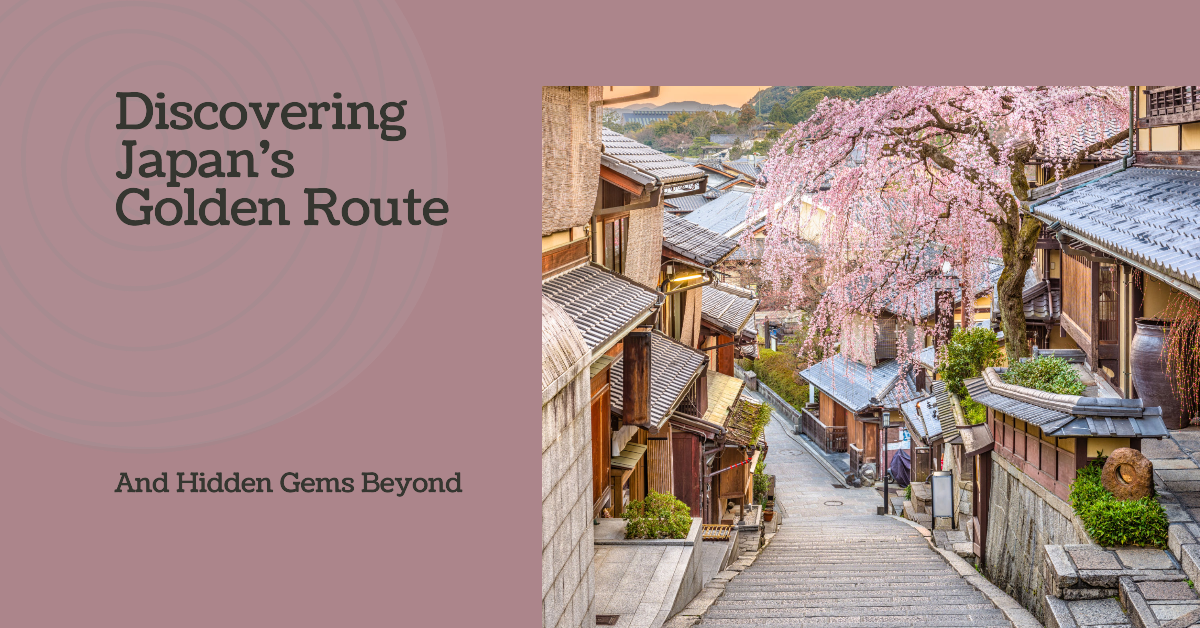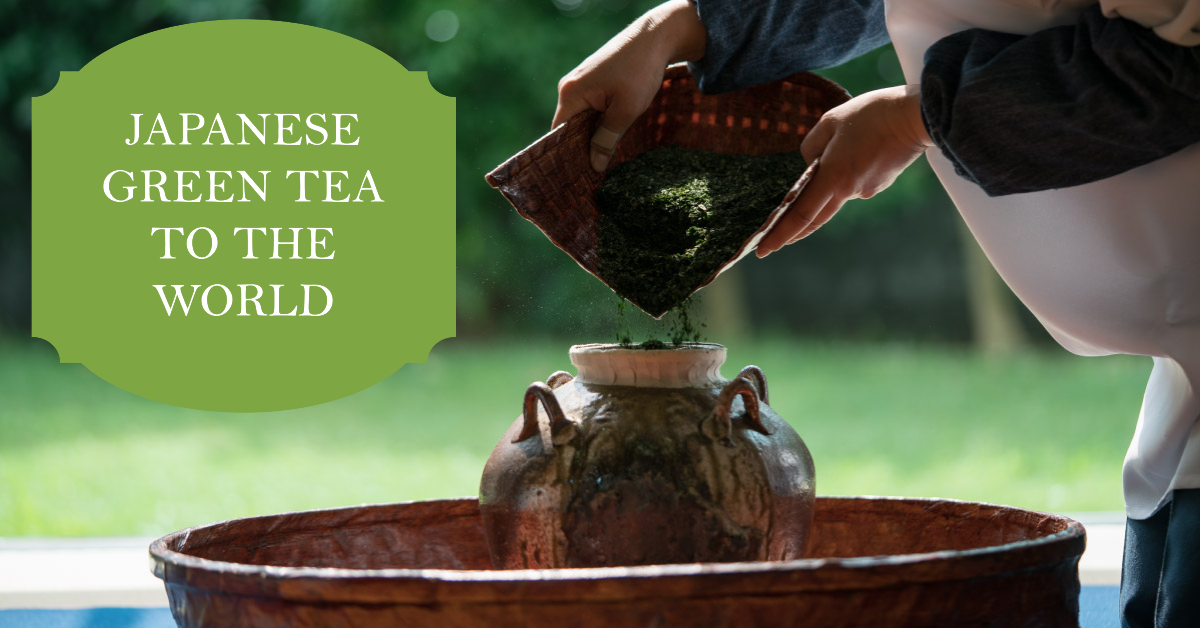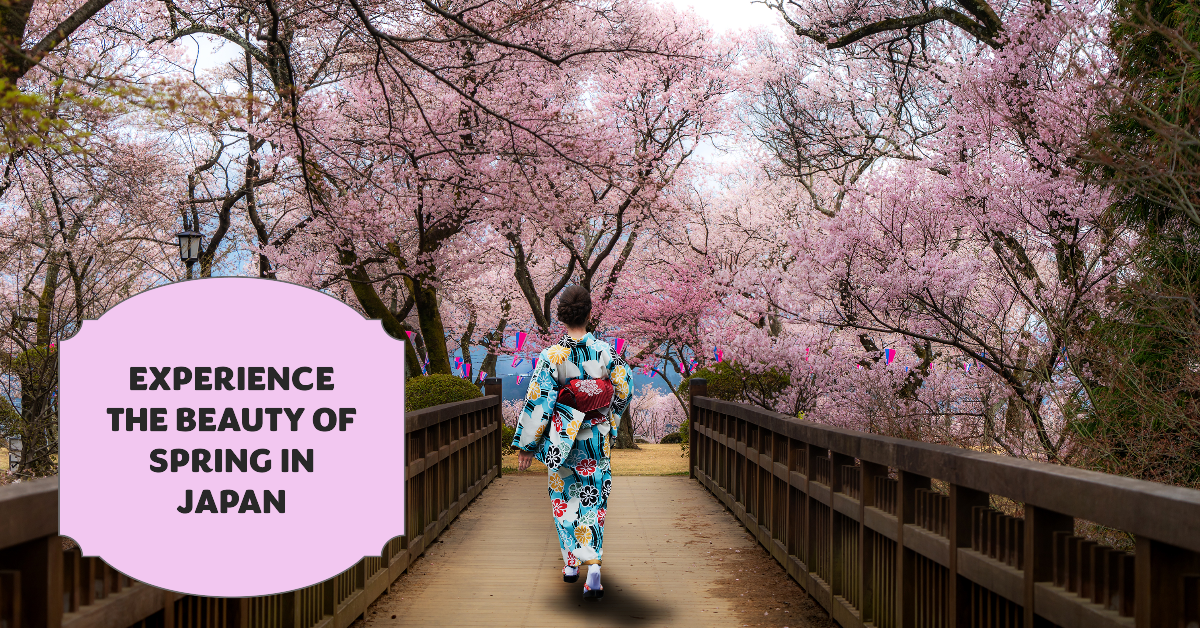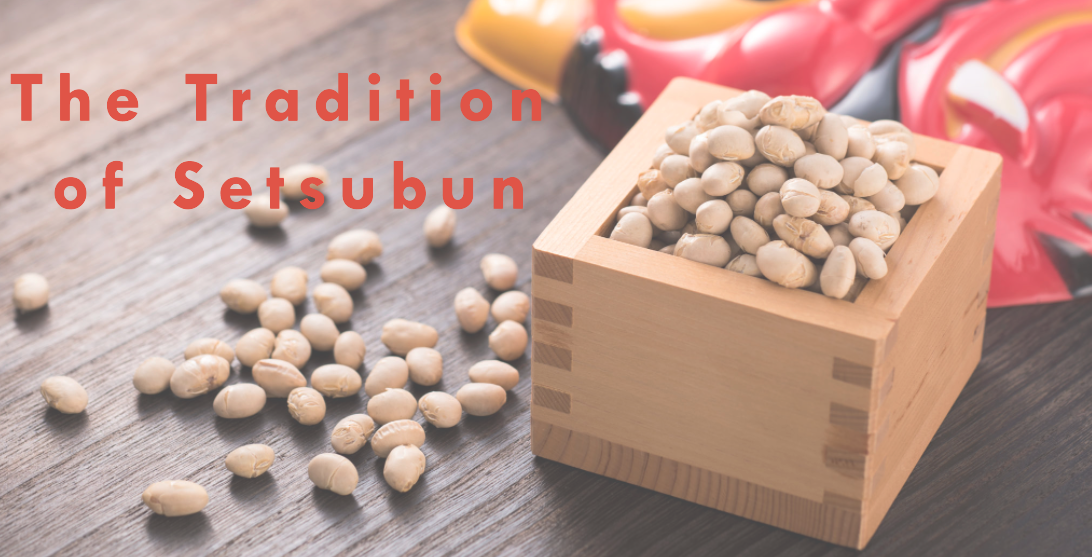Wagyu beef, a true culinary delight that has captured the hearts and taste buds of food enthusiasts across the globe. Join us as we journey through the history, popular varieties, and best destinations to savour this sumptuous beef.
In This Post:
What is Wagyu Beef?
Wagyu, a term derived from the Japanese words “wa” (Japanese) and “gyu” (cow), refers to a specific group of cattle breeds known for their richly marbled, tender, and flavourful meat. The unique marbling results from the cattle’s genetics and specialised rearing techniques, which include a carefully controlled diet and low-stress environments.
A Glimpse into the History of Wagyu
The story of Wagyu beef dates back to the 2nd century when Japan started importing cattle from China. Over time, the imported breeds intermingled with native Japanese cattle, eventually leading to the unique breeds we know as Wagyu today. It wasn’t until the late 20th century that Wagyu gained international recognition for its melt-in-your-mouth texture and unparalleled flavour.
Popular Wagyu Varieties
While there are several types of Wagyu cattle, the most renowned varieties come from four main regions in Japan:
Kobe Beef – Produced from Tajima cattle in the Hyogo Prefecture, Kobe beef is the most iconic and sought-after Wagyu variety. These pampered cows are fed a carefully balanced diet, and their meat is known for its exquisite marbling, tenderness, and rich flavour. Read more about Kobe Beef here.
Matsusaka Beef – Hailing from the Mie Prefecture, Matsusaka beef comes from female virgin cows, which are believed to yield a finer texture and sweeter flavour. This luxurious beef is famous for its incredible marbling and buttery taste.
Ohmi Beef – As one of the oldest Wagyu brands, Ohmi beef originates from the Shiga Prefecture. Known for its delicate, tender texture and a perfect balance of marbling, this beef offers a complex flavour profile that lingers on the palate.
Yonezawa Beef – Yonezawa beef, from the Yamagata Prefecture, comes from cows raised for at least 32 months to ensure an unparalleled level of marbling. This beef is celebrated for its rich, velvety taste and juiciness.
Special Rearing Practices
The exceptional quality of Wagyu beef is largely thanks to the extraordinary care taken in rearing Wagyu cattle. These cows are raised in a stress-free environment with ample space to roam. Some farmers even play calming music and provide massages to their cattle, further reducing stress and promoting better marbling. Their diet is carefully controlled and often includes beer or sake to stimulate appetite, contributing to the luxurious marbling that Wagyu is famous for.
Health Benefits of Wagyu Beef
While Wagyu beef is a luxurious treat, it’s not just about indulgence. This exceptional beef also has numerous health benefits. It’s high in omega-3 and omega-6 fatty acids, which are beneficial for heart health. Additionally, Wagyu beef has a higher percentage of monounsaturated fat than any other beef, which can help lower bad cholesterol levels.
Cooking Wagyu Beef
Given the high fat content and delicate flavor of Wagyu, it is typically cooked using methods that don’t require additional fat and that allow the rich flavors to shine. Cooking at low temperatures can bring out the rich flavors without melting away too much of the fat. Whether it’s a slow-cooked Wagyu brisket or a lightly seared steak, each method highlights a different aspect of this versatile beef.
Buying Wagyu
If you want to enjoy Wagyu at home, it’s important to know what to look for when buying. Genuine Wagyu beef from Japan will have a certification of authenticity, so look for this when purchasing. Keep in mind that ‘Wagyu’ simply means Japanese cow and not all Wagyu is created equal. Beef from the four main Wagyu breeds, especially those from specific regions like Kobe, is of the highest quality.
Misconceptions and Marketing
Given the global popularity of Wagyu, there are several misconceptions and misleading marketing tactics surrounding it. The terms ‘Wagyu’ and ‘Kobe’ are often used interchangeably, but not all Wagyu is Kobe. Kobe beef is specifically Tajima-Gyu cattle raised in Hyogo prefecture and meets rigorous quality standards. On the other hand, Wagyu refers to all Japanese beef cattle.
Ethics and Sustainability in Wagyu Production
Ethics and sustainability are increasingly important factors for consumers. Wagyu farmers take pride in their cattle and give them a high quality of life, which is reflected in the superior quality of the beef. In terms of sustainability, while Wagyu production is less intensive than that of some other breeds, there are ongoing efforts in the industry to reduce its environmental impact and ensure its longevity.
Best Cities to Enjoy Wagyu
While you can find Wagyu beef in many restaurants across Japan, some cities stand out as prime destinations to indulge in this gourmet delight:
Kobe – As the birthplace of Kobe beef, this city offers an authentic Wagyu experience. Sample Kobe beef at one of the many steakhouses and teppanyaki restaurants, where skilled chefs cook the meat to perfection right in front of you.

Tokyo – The bustling capital of Japan boasts a plethora of high-end restaurants and yakiniku (Japanese BBQ) establishments, where you can relish premium Wagyu beef. Be sure to visit Ginza, Tokyo’s upscale district, to discover some of the finest Wagyu-serving restaurants in the country.
Osaka – Known for its vibrant food scene, Osaka offers a wide range of Wagyu beef options. From luxurious steakhouses to casual yakiniku spots, you can find a venue to suit your preferences and budget.
Kyoto – The ancient capital of Japan, Kyoto showcases traditional Japanese cuisine with a touch of sophistication. Here, you can enjoy Wagyu beef prepared in various styles, such as teppanyaki, shabu-shabu, and sukiyaki.
Klook.comTips for Enjoying Wagyu Beef
When sampling Wagyu beef, keep these tips in mind to make the most of your experience:
Choose wisely – Opt for a reputable restaurant that specialises in Wagyu beef to ensure you’re getting the highest quality meat. Look for the Japanese Meat Grading Association (JMGA) certificate, which grades beef based on marbling, colour, and texture. You can find out more about the gradings on our dedicate post here.
Savour the flavour – Wagyu beef is best enjoyed in smaller portions due to its richness. Take your time to appreciate each bite, allowing the flavours and textures to unfold on your palate.

Pair it with the right drink – Complement your Wagyu experience with a suitable beverage, such as a full-bodied red wine or a glass of sake. These drinks will enhance the beef’s flavour profile and create a harmonious dining experience.
Be adventurous – While steaks flavour make it a gastronomic experience you won’t forget. As you embark on your visit to Japan, remember to seek out the best cities and establishments to indulge in this luxurious delicacy. By following our tips and embracing your culinary curiosity, you’ll be well on your way to creating unforgettable memories of Japan’s finest beef.
We hope this comprehensive guide to Wagyu beef enriches your appreciation for this culinary delicacy. As you explore the world of Wagyu, whether in Japan or at home, we’d love to hear about your experiences. Leave a comment below or get in touch with your Wagyu stories and questions.
Happy travels, and itadakimasu!

